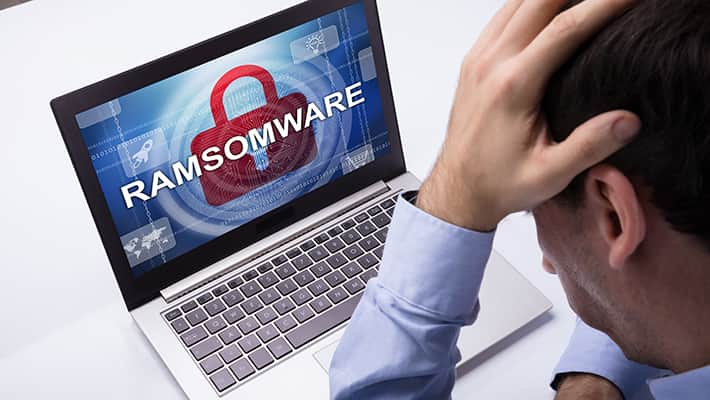

- #The best ransomware protection how to#
- #The best ransomware protection windows 10#
- #The best ransomware protection windows 8.1#
You should do this before you try to recover your files. Try fully cleaning your PC with Windows Security. These messages often display after encrypting your files. Unfortunately, a ransomware infection usually doesn’t show itself until you see some type of notification, either in a window, an app, or a full-screen message, demanding money to regain access to your PC or files. If you actually get a ransomware infection
#The best ransomware protection how to#
See Virus & threat protection in Windows Security for how to scan your device. For example, if you hear about new malware in the news or you notice odd behavior on your PC. Use antimalware programs, such as Windows Security, whenever you’re concerned your PC might be infected. Learn more about Microsoft 365 Business Premium Security If you suspect you’ve been infected It includes Microsoft Defender Advanced Threat Protection to help protect your business against online threats. Note: If you're a small business owner consider using Microsoft 365 Business Premium. This can help ensure the applications and operating system are up-to-date and helps your system run better. Restart your computer periodically at least once a week. Use a secure, modern, browser such as Microsoft Edge. And when you edit Microsoft Office files stored on OneDrive your work is automatically saved as you go. OneDrive includes built in ransomware detection and recovery as well as file versioning so you can restore a previous version of a file. Store important files on Microsoft OneDrive.

Get ransomware detection and recovery with Microsoft 365 advanced protection.īack up your files with File History if it hasn’t already been turned on by your PC’s manufacturer.
#The best ransomware protection windows 10#
In Windows 10 or 11 turn on Controlled Folder Access to protect your important local folders from unauthorized programs like ransomware or other malware. Learn more about Windows Update.īe sure Windows Security is turned on to help protect you from viruses and malware (or Windows Defender Security Center in previous versions of Windows 10). Make sure your PC is up to date with the latest version of Windows and all the latest patches. Ransomware can target any PC-whether it’s a home computer, PCs on an enterprise network, or servers used by a government agency. Look out for strange spellings of company names (like "PayePal" instead of "PayPal") or unusual spaces, symbols, or punctuation (like "iTunesCustomer Service" instead of "iTunes Customer Service"). You can often recognize a fake email and webpage because they have bad spelling, or just look unusual. Opening malicious or bad links in emails, Facebook, Twitter, and other social media posts, or in instant messenger or SMS chats. Opening file attachments that you weren’t expecting or from people you don’t know. Visiting unsafe, suspicious, or fake websites. Some of the ways you can get infected by ransomware include: If your computer is connected to a network the ransomware may also spread to other computers or storage devices on the network. Ransomware is malware that encrypts your files or stops you from using your computer until you pay money (a ransom) for them to be unlocked.
#The best ransomware protection windows 8.1#
Security Windows 7 Windows 8.1 Windows 10 More.


 0 kommentar(er)
0 kommentar(er)
